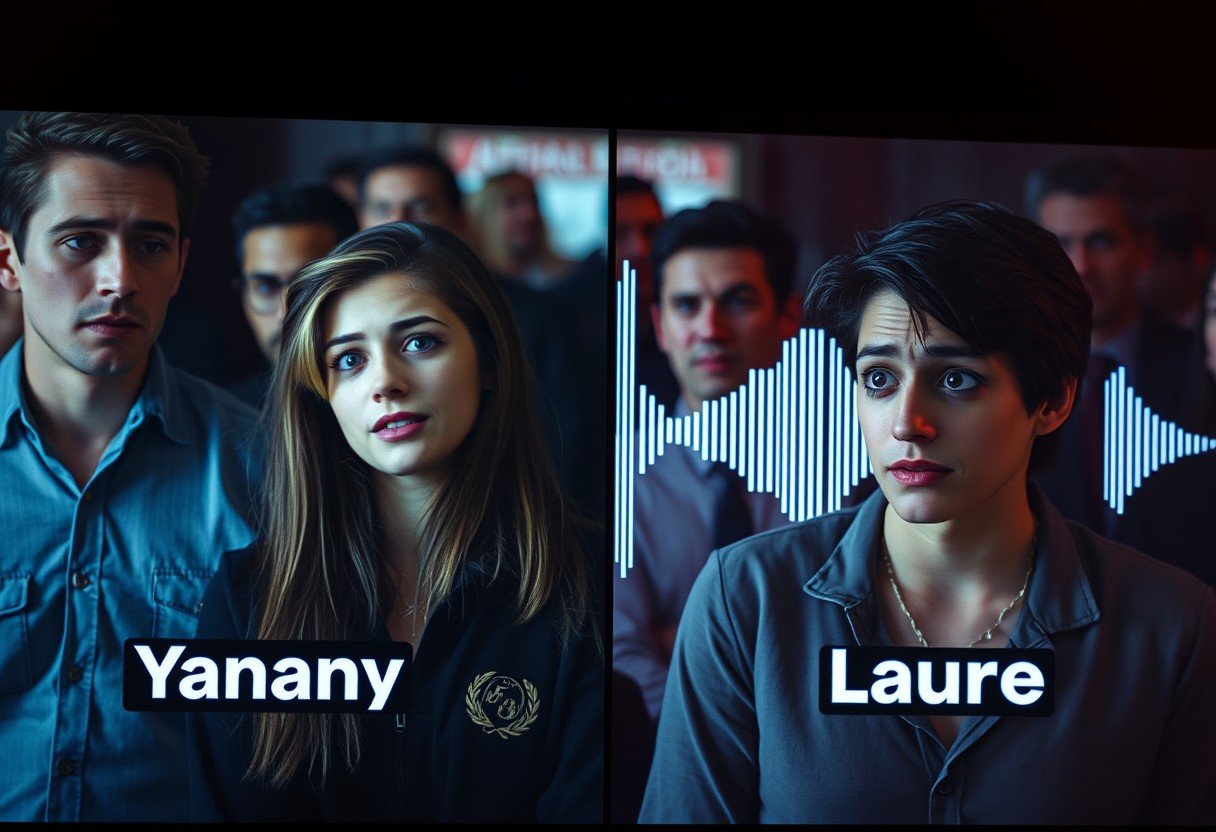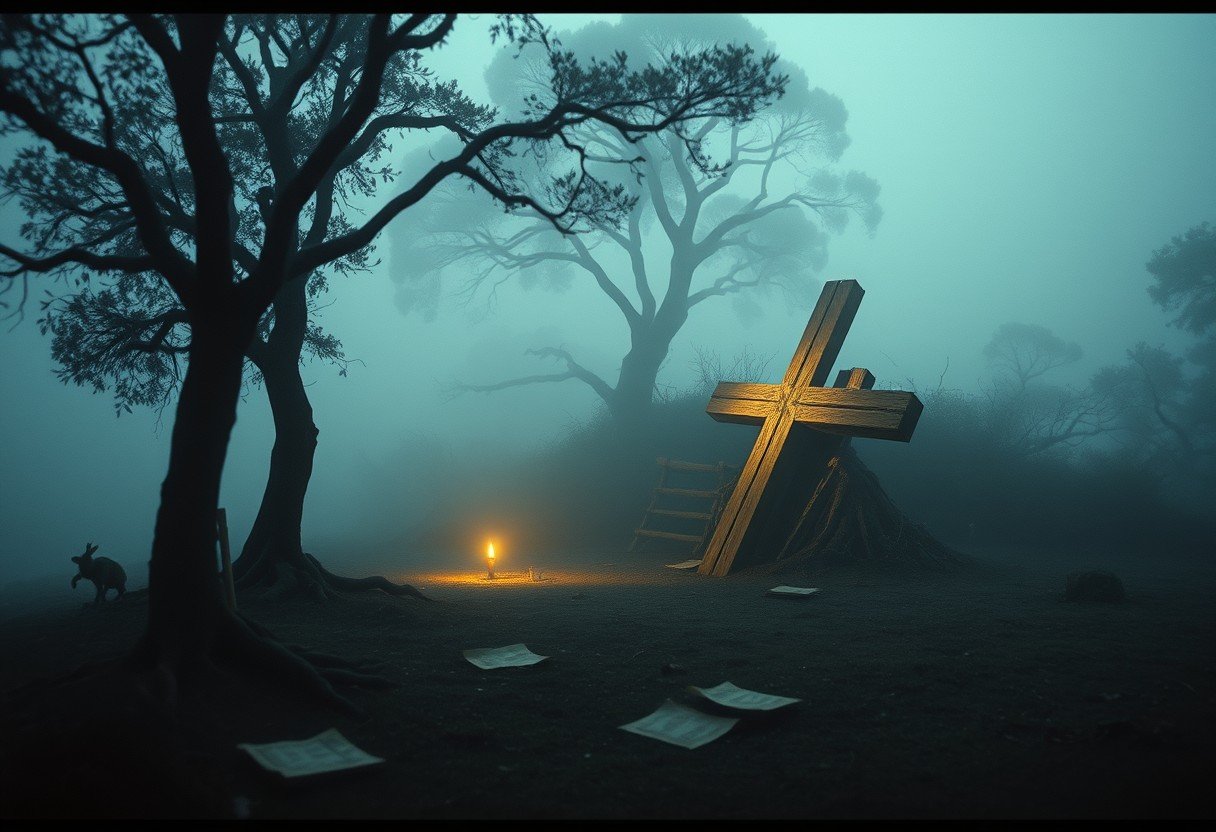In Thomas Wolfe’s masterpiece, “Look Homeward, Angel,” fictional elements are not just decorative; they are the very tools used to build the novel’s profound themes. Readers explore the complex journey of protagonist Eugene Gant, understanding his search for identity and belonging through Wolfe’s masterful use of character, symbols, and narrative style. This analysis will delve into how these literary devices work together to create a timeless story about family, ambition, and self-discovery.
The Power of Character in Shaping Identity
Character development is the heart of “Look Homeward, Angel.” Thomas Wolfe creates characters that are deeply flawed, incredibly human, and unforgettable. Through them, he explores the core themes of the novel.
The protagonist, Eugene Gant, is a semi-autobiographical representation of Wolfe himself. His journey from childhood to young adulthood is a powerful exploration of the search for identity. We see him struggle against the chaotic environment of his family and the confines of his small town. Through Eugene Gant, Wolfe explores the universal struggle of finding oneself amidst family expectations.
The Gant family members are not simple side characters; they are complex individuals whose desires and frustrations shape Eugene’s world. His mother, Eliza, represents materialism and a desire for control, while his father, W.O. Gant, embodies a frustrated artistic spirit and a yearning for something more. These dynamics create constant tension, forcing Eugene to define who he is in relation to, and in spite of, his family.
Symbolism that Speaks Volumes
Wolfe uses powerful symbols to add layers of meaning to the narrative, allowing readers to connect with the themes on a deeper level. These symbols are not random; they are carefully woven into the story to represent abstract ideas like aspiration, confinement, and freedom.
Objects and places in the novel often carry significant symbolic weight. They act as shortcuts to understanding the characters’ inner worlds and the overarching themes of growth and the quest for belonging.
Here are a few key symbols in the novel:
- The Angel Statue: The stone angel in W.O. Gant’s porch represents a longing for beauty, permanence, and a connection to a higher, more artistic world. It symbolizes his unfulfilled dreams and the search for a spiritual home.
- The Gant Family Home (“Dixieland”): The family boardinghouse is a central symbol. It represents both the suffocation of family life and the inescapable pull of one’s roots. For Eugene, it is a place he must escape to find himself.
- Trains and Journeys: The recurring motif of trains and travel symbolizes the desire for escape and the relentless quest for new experiences and self-discovery. It highlights Eugene’s yearning to leave his hometown and find his place in the wider world.
These symbols enrich the story, transforming a simple narrative into a complex exploration of the human condition. They help illustrate the internal conflicts that drive the characters forward.
How Setting and Imagery Create Atmosphere
The setting in “Look Homeward, Angel” is more than just a backdrop; it’s a living, breathing part of the story. Wolfe’s vivid descriptions of the town of Altamont, based on his real hometown of Asheville, North Carolina, create a rich sense of place that deeply influences the characters.
The physical environment often mirrors the characters’ internal emotional states. The sprawling mountains surrounding the town can feel both protective and imprisoning, reflecting Eugene’s conflicting feelings about his home. The detailed imagery helps you feel the heat of a summer day or the chill of a lonely night, connecting you more deeply to the characters’ experiences.
Wolfe’s prose is famously lyrical and poetic. He uses sensory details to paint a picture of early 20th-century American life, making the world of the novel feel completely real. This immersive quality helps emphasize themes of memory and the passage of time, as the setting becomes intertwined with the characters’ pasts.
Wolfe’s Unique Narrative Style
The way the story is told is just as important as the story itself. Wolfe’s narrative style is a key element that enhances the novel’s themes of identity and personal growth.
He uses a third-person omniscient point of view, which means the narrator knows the thoughts and feelings of all the characters. This allows us to get inside their heads and understand their motivations, fears, and dreams. This intimate perspective provides a deep understanding of the family’s complex relationships and Eugene’s inner turmoil.
The style is often described as a “stream of consciousness,” where the narrative flows with the characters’ thoughts and memories. This technique, combined with poetic and emotional language, creates a powerful reading experience that pulls you into the story’s emotional core.
Conflict as a Catalyst for Growth
Conflict is the engine that drives the plot and forces the characters to evolve. In “Look Homeward, Angel,” both internal and external conflicts are essential for developing the theme of self-discovery. Eugene Gant’s journey is defined by the battles he fights within himself and against the world around him.
The tension between individual desire and societal or familial expectations is a central conflict. Eugene must navigate these pressures to forge his own path.
| Type of Conflict | Description | Example in the Novel |
|---|---|---|
| Internal Conflict | A struggle within a character’s own mind, involving competing desires, duties, or needs. | Eugene’s battle between his love for his family and his desperate need to escape them to become a writer. |
| External Conflict | A struggle between a character and an outside force, such as another person, society, or nature. | Eugene’s clashes with his mother over money and his future, or his fights with the town bullies. |
These conflicts are not easily resolved. However, through these struggles, Eugene begins to understand himself and his place in the world. The resolution of these conflicts marks his transformation from a boy into a young man ready to face the future.
Critical and Reader Perspectives on the Novel
Since its publication in 1929, “Look Homeward, Angel” has generated strong reactions from both critics and readers. Its raw emotion and honest portrayal of family life have made it a classic of American literature.
Scholars often focus on the novel’s semi-autobiographical nature, examining how Wolfe transformed his personal experiences into a universal story about growing up. They praise his lyrical style and his deep psychological insights into his characters.
Readers often connect with the novel on a deeply personal level. Many see their own struggles with family, identity, and ambition reflected in Eugene’s journey. The book’s enduring popularity comes from its relatable exploration of the timeless quest to find meaning and belonging. It reminds us that the search for oneself is a journey everyone undertakes.
Frequently Asked Questions
What are the main themes in “Look Homeward, Angel”?
The primary themes include the quest for identity, the complexities of family dynamics, the tension between aspiration and reality, and the universal search for belonging. The novel explores how our roots shape us, even as we struggle to break free from them.
How does character development contribute to the novel’s themes?
Through the detailed development of Eugene Gant and his family, Thomas Wolfe illustrates the core themes. Eugene’s growth from a sensitive boy into a determined young man highlights the struggle for individuality against familial and societal pressures.
What does the angel statue symbolize in the story?
The angel statue symbolizes unfulfilled potential, the longing for beauty and transcendence, and a connection to a more artistic and spiritual world. It primarily represents the frustrated ambitions of Eugene’s father, W.O. Gant.
Why is the narrative style of the book so unique?
The narrative style is unique due to its lyrical, poetic prose and its use of a stream-of-consciousness technique. This allows readers to experience the characters’ thoughts and emotions intimately, enhancing the themes of memory, internal conflict, and personal growth.
How does conflict drive Eugene Gant’s journey?
Both internal and external conflicts are crucial for Eugene’s development. His inner struggles with his desires and insecurities, combined with his external battles with his family and community, force him to define who he is and what he wants from life.









Leave a Comment